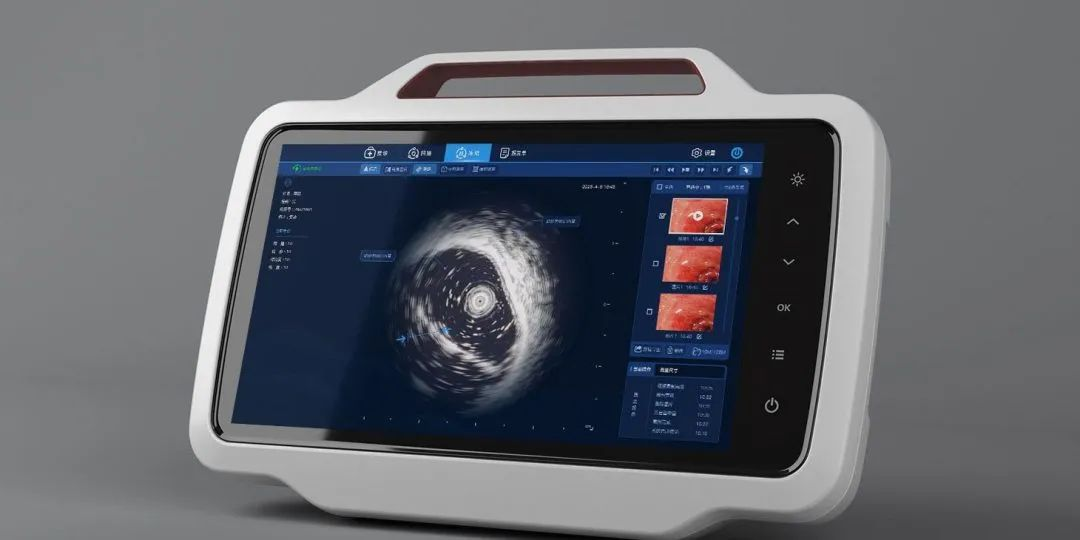With the development of minimally invasive surgeries, endoscopic products are also constantly innovating and developing in the direction of "precision, refinement, composite and intelligence", bringing more possibilities for the popularization of minimally invasive diagnosis and treatment and precision medicine.
Portable endoscopes, as one of the medical equipments with significant improvement in intelligence in recent years, are characterized by small size, light weight, easy portability, no need for larger operating room, etc. Compared with traditional endoscopes, they can conveniently transmit and share images remotely, improve the efficiency and accuracy of medical diagnosis and treatment, and have been widely used in the fields of medical treatment, education, scientific research, and security inspection.

Portable endoscopes are usually composed of lenses, light sources, image processing and other parts of the components, through the body's natural orifices or tiny incisions into the body, microscopic observation, monitoring, photographing, video recording, and other operations, support for wireless connectivity, high-definition display, voice interaction and other functions.
Portable endoscopes can be realized with Qiyang RK3399 core board, based on dual-core cortex-A72 and quad-core cortex-A53 64-bit hexa-core processor, with a main frequency of up to 1.8GHz, Mali- T864 GPU, supporting 4K H265 /264 hard decoding for real-time image processing and high-definition image display, thus assisting doctors in lesion detection and diagnosis.
.jpg)
In terms of image display, the core board supports LVDS, eDP, MIPI, HDMI multiple display interfaces with a resolution of up to 4K, which provides flexible image display options, high-definition image transmission capability, and display device compatibility; at the same time, it supports H265 /264 hard decoding, which meets the needs of real-time transmission and processing of image data in the process of endoscopy, as well as hardware-based video Meanwhile, it supports H265 / 264 hard decoding to meet the needs of real-time transmission and processing of image data during endoscopy, and hardware-based video decoding, which can reduce the load on the CPU, minimize power consumption, and prolong the battery life of the device, ensuring that the portable endoscope can work stably for a long time.
2GB LPDDR4 + 8GB eMMC storage configuration with optional specifications on request. Provides sufficient operating memory and reliable data storage with the advantages of smaller physical size and lightweight, helping to realize the lightweight design of convenient endoscopic devices.
It supports Gigabit network port, Wi-Fi, 3G/4G network communication methods, providing fast and stable data transmission, portability and mobility, remote observation and diagnosis support, enhancing the flexibility of portable endoscopes and the effectiveness of medical applications, and meeting different use scenarios and needs.
In addition, the core board is equipped with rich interface resources for connecting with external devices, connecting sensors and modules, high-speed data transmission, and providing scalability and customization possibilities, which meets the diverse needs of doctors in practical applications.
In today's rapid development of intelligence, the realization of medical equipment intelligence not only improves the portability, efficiency and quality of medical treatment, but also brings more innovation and development to the medical industry, and promotes the progress of medical technology and the improvement of doctor-patient relationship.

